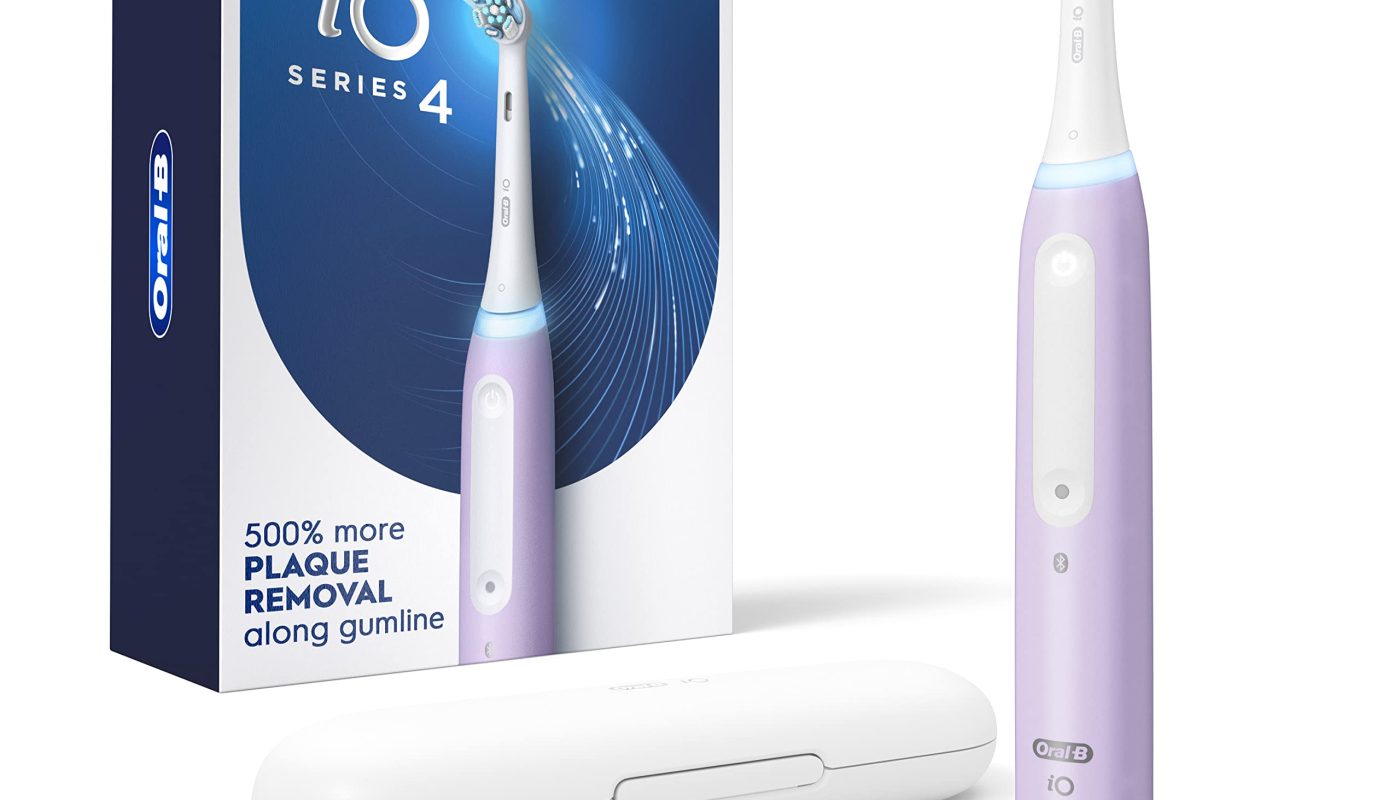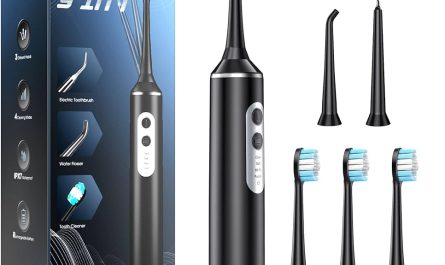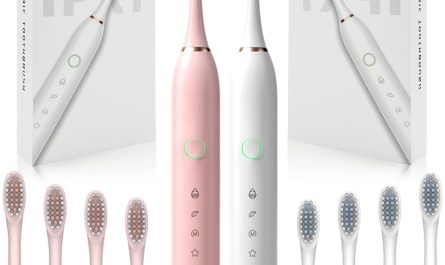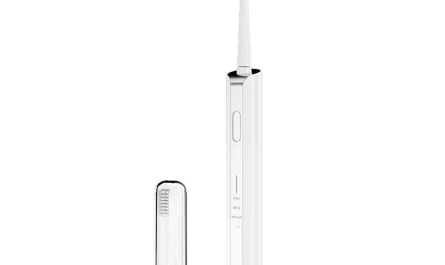Introduction:
An Oral-B electric toothbrush is a reliable dental care tool, but like any electronic device, it can sometimes encounter problems. Understanding the common issues and their resolutions can help you troubleshoot and possibly fix the device before considering a replacement. This comprehensive guide explores various reasons your Oral-B electric toothbrush might not be working, from battery issues to mechanical faults, and provides step-by-step solutions to restore its functionality.
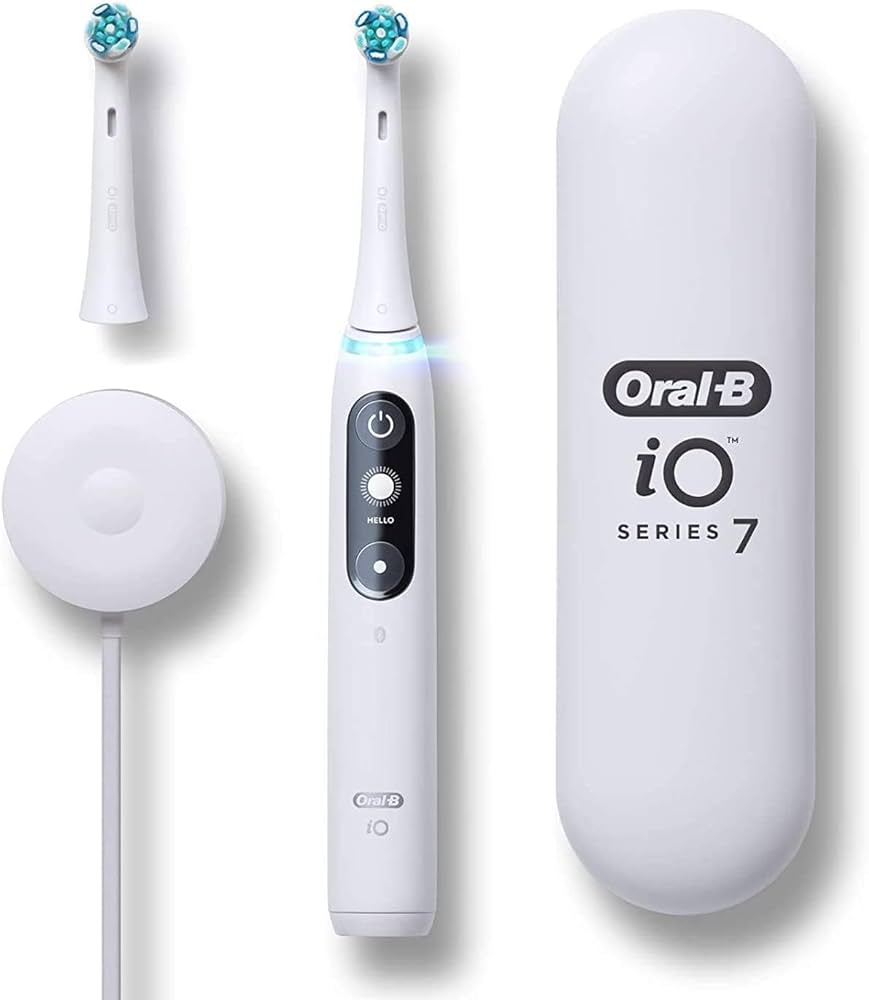
Oral-B Electric Toothbrush Not Working:
What Are the Common Issues and Solutions?
Battery Issues:
Why Won’t My Oral-B Electric Toothbrush Charge?
Battery problems are among the most common issues users face with their electric toothbrushes. Several factors can cause charging failures.
Charger Malfunctions:
Checking the Charging Unit:
Inspect for Damage: Examine the charging unit for visible signs of damage, such as frayed cords or cracks. A damaged charger can fail to deliver power to the toothbrush.
Test the Outlet: Ensure that the electrical outlet you are using is functional. Test it with another device to confirm that it’s providing power. Try plugging the charger into a different outlet to rule out any issues with the power source.
Charger Replacement: If the charger shows signs of wear or doesn’t work with a known working outlet, consider replacing it. Genuine Oral-B chargers are available through brand-specific retailers or online stores.
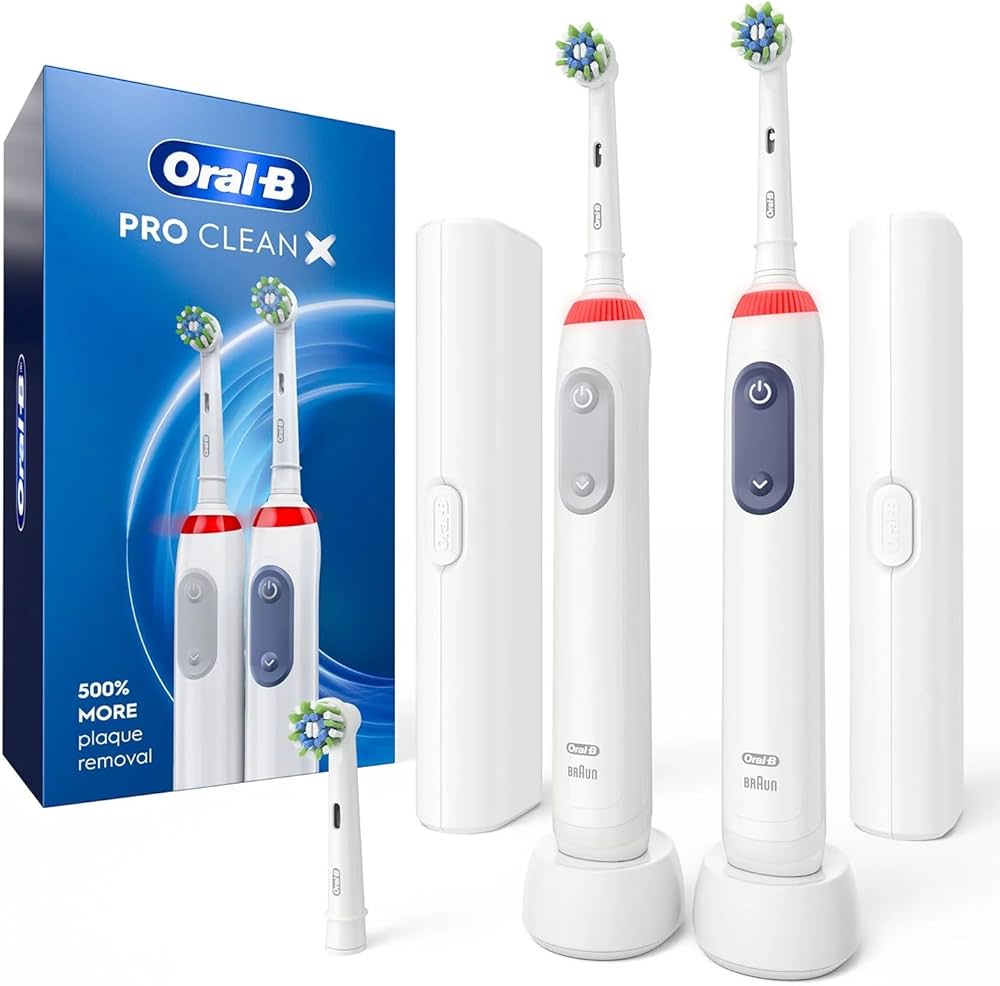 Battery Life:
Battery Life:
Maximizing Battery Performance:
First-Time Charging: If your toothbrush is new, ensure it’s charged for the recommended initial period (usually around 16-24 hours). This helps condition the battery for optimal performance.
Full Discharge and Recharge: Periodically allow the battery to fully discharge before recharging it to maintain its health. This is typically advised once every few months.
Battery Replacement: If the toothbrush is old or the battery does not hold a charge for long, it may be time to replace the battery. Some models allow for battery replacement, while others are sealed units that may require professional servicing or replacement of the entire unit.
Mechanical Problems:
What Should I Do If the Brush Head Isn’t Moving?
Mechanical issues can prevent the brush head from oscillating or rotating properly.
Brush Head Blockage:
Clearing Potential Obstructions:
Remove the Brush Head: Detach the brush head from the handle and inspect it for obstructions that might hinder movement. Food particles, toothpaste buildup, or foreign objects can block the mechanism.
Clean Thoroughly: Clean both the brush head and the metal pin on the handle using warm water. Gently clean around the pin and inside the brush head socket. Dry thoroughly before reattaching.
Regular Maintenance: Regularly clean your toothbrush to prevent buildup. Remove the brush head and rinse it under running water after each use.
Motor Issues:
Diagnosing Motor Problems:
Listen for Sounds: Turn on the toothbrush without the brush head attached. If the motor is functioning, you should hear it running smoothly. Strange noises may indicate internal motor issues.
Vibration Check: While the toothbrush handle is powered on, check for vibrations. If there are no vibrations, the motor may be faulty.
Professional Repair: If you suspect motor failure, contact Oral-B customer service or take the toothbrush to an authorized service provider. Attempting to fix the motor yourself can invalidate the warranty and potentially damage the device further.
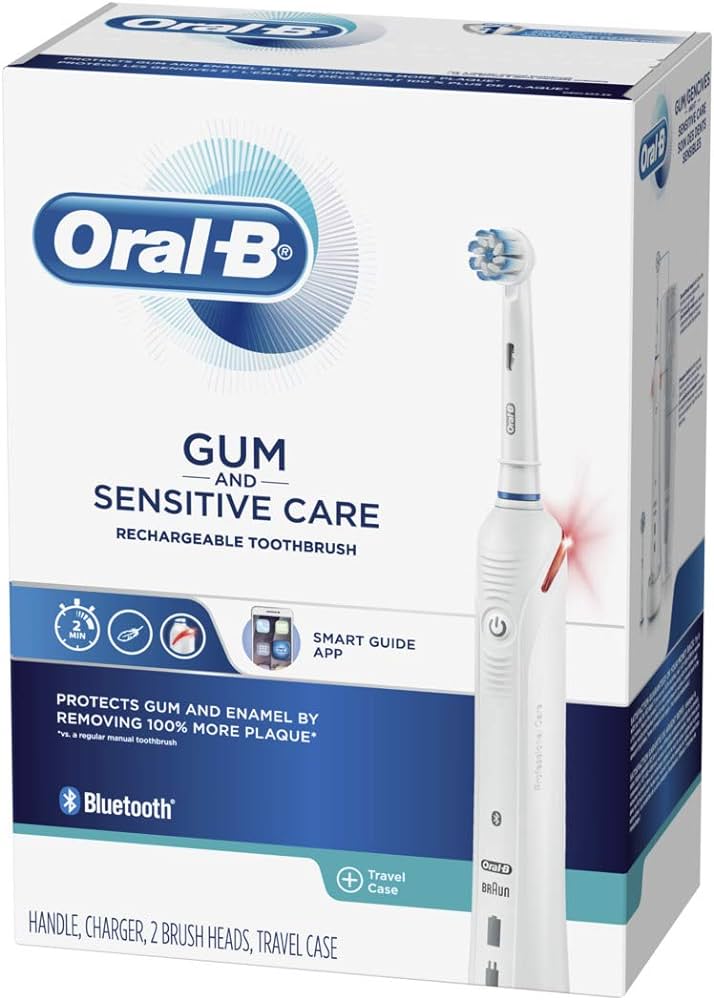 Connection Problems:
Connection Problems:
What to Do When the Brush Head Won’t Stay Attached?
Proper attachment of the brush head is crucial for effective usage. Connection issues can cause the brush head to detach during use.
Incorrect Fitting:
Ensuring a Secure Fit:
Align Properly: Ensure the brush head is correctly aligned with the metal pin on the handle before pressing it down. Improper alignment can result in a loose fit.
Press Firmly: Push the brush head firmly onto the handle until it clicks into place. If it doesn’t click, try rotating the head slightly while pushing to ensure proper attachment.
Worn-Out Connectors: Examine the base of the brush head and the metal pin for wear and tear. Over time, these components can degrade and result in a loose fit. Replace the brush head if the connectors appear worn.
Incorrect Head Type:
Compatibility Check:
Confirm Compatibility: Ensure you are using the correct type of brush head compatible with your Oral-B model. Different models may require specific brush heads, and using the wrong one can result in fitment issues.
Refer to Manual: Consult the user manual or Oral-B’s official website to determine compatible brush heads for your specific model.
Operational Issues:
Why Does My Toothbrush Turn Off Unexpectedly?
Unexpected shutdowns can be frustrating and hinder effective brushing.
Battery Charge:
Checking Power Levels:
Fully Charged: Ensure the toothbrush is fully charged before use. Insufficient charge can cause the toothbrush to power off unexpectedly.
Battery Life: If the battery drains quickly, it may indicate an aging battery. Follow battery maintenance tips to extend its lifespan, or consider battery replacement if persistent.
Auto Shut-Off:
Understanding Built-In Features:
Timer Functions: Many Oral-B electric toothbrushes have built-in timers that pause or power off the toothbrush after two minutes to encourage proper brushing duration. This is a standard feature and not a malfunction.
Power Modes: Some models offer different power modes, including a travel lock feature that prevents the toothbrush from turning on accidentally. Ensure the travel lock isn’t activated when using the toothbrush.
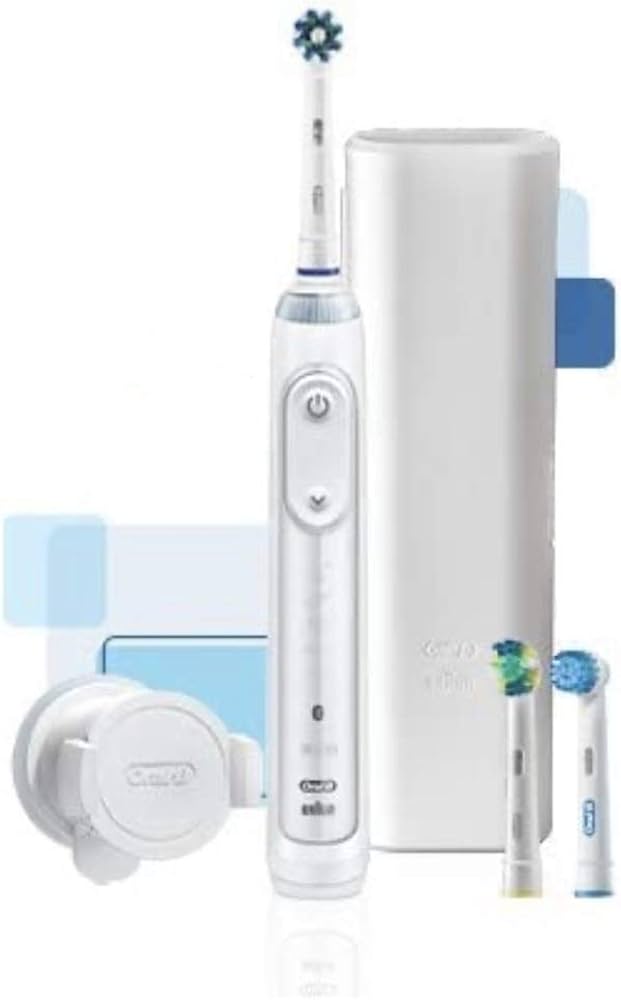 Persistent Problems:
Persistent Problems:
How to Use Oral-B Customer Support Services Effectively?
If you’ve tried troubleshooting and your toothbrush still isn’t working, contacting Oral-B customer support can provide additional assistance.
Warranty Coverage:
Checking Eligibility:
Warranty Period: Verify whether your toothbrush is still within the warranty period. Oral-B typically offers a two-year limited warranty covering certain malfunctions and defects.
Proof of Purchase: Have your proof of purchase handy, as it may be required to validate the warranty claim.
Contact Methods:
Reaching Out to Support:
Customer Service: Contact Oral-B customer service via phone or online support forms. Explain the issue in detail and provide any troubleshooting steps you’ve already taken.
Authorized Service Centers: If the toothbrush is still within warranty, you may be directed to an authorized service center for repair or replacement. Follow the instructions provided by customer support.
Prevention Tips:
How to Maintain Your Oral-B Electric Toothbrush to Avoid Issues?
Proper maintenance can significantly extend the lifespan and effectiveness of your electric toothbrush.
Regular Cleaning:
Preventing Buildup:
Daily Rinse: Rinse the brush head and handle thoroughly after each use to remove toothpaste and debris. This prevents buildup that can cause functional issues.
Weekly Deep Clean: Once a week, perform a deeper clean by soaking the brush head in a mixture of water and antibacterial mouthwash. Rinse and dry thoroughly before reattaching.
Storage:
Proper Handling and Storage:
Air Dry: Store the toothbrush in an upright position with the brush head exposed to air. This allows it to dry completely and reduces bacterial growth.
Avoid Covered Storage: Avoid storing the toothbrush in closed containers where moisture can accumulate, promoting mold and bacteria.
Battery Care:
Extending Battery Life:
Avoid Overcharging: Do not leave the toothbrush on the charger continuously. Charge it as needed and remove it from the charger once fully charged.
Regular Use: Use the toothbrush regularly to maintain battery health. If not in regular use, ensure to charge and discharge the battery periodically.
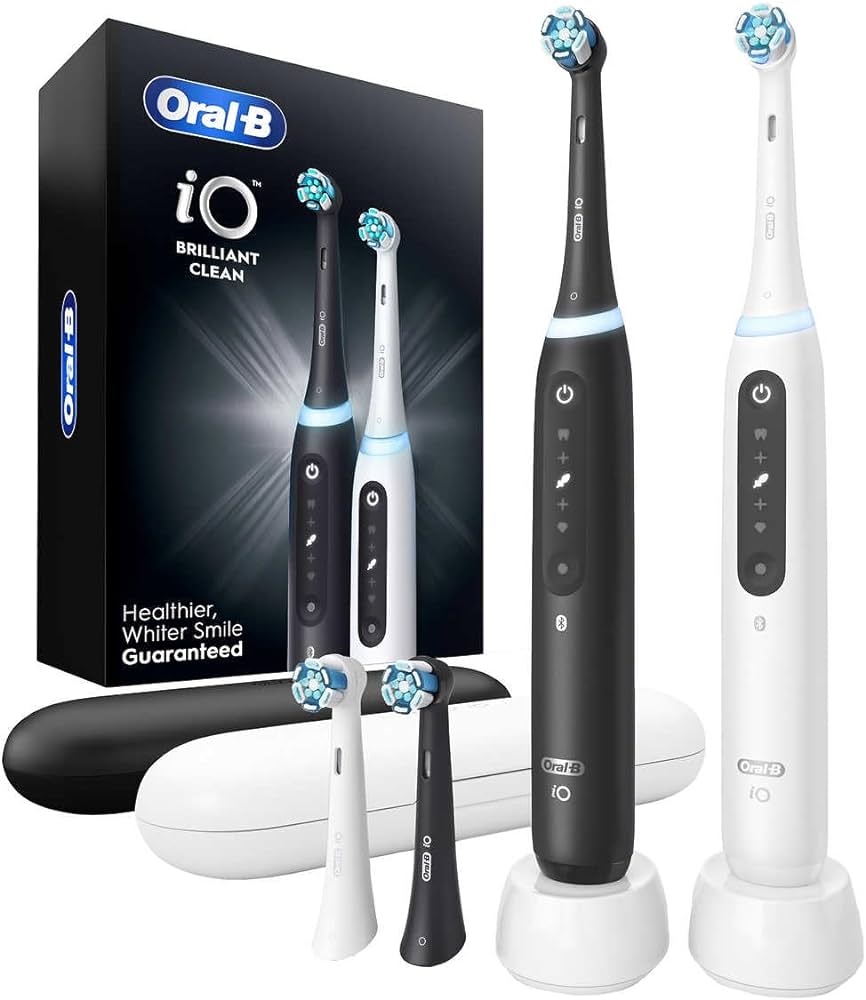 Travel Considerations:
Travel Considerations:
What Should You Do When Traveling with an Oral-B Electric Toothbrush?
Traveling with an electric toothbrush requires extra consideration to prevent damage and ensure functionality.
Packing:
Secure Storage:
Travel Case: Use a sturdy travel case to protect the toothbrush and its components from damage during transit.
Remove Brush Head: Detach the brush head and pack it separately in the travel case to avoid pressure on the bristles and prevent accidental activation.
Charging:
Maintaining Power:
Charge Before Travel: Fully charge the toothbrush before your trip. Ensure you have the appropriate charger and, if necessary, a travel adapter for your destination.
Battery-Powered Models: Consider traveling with a battery-powered brush model if you don’t want the hassle of charging. Carry spare batteries for extended use.
User Guide:
Reference Materials:
Manual Inclusion: Include the user manual in your travel kit or download a digital copy. This provides troubleshooting tips and ensures you’re aware of the toothbrush’s features and functions.
Conclusion
An Oral-B electric toothbrush that isn’t working can be due to several issues, including battery or charging problems, mechanical malfunctions, connection issues, and operational errors. Troubleshooting steps such as checking the power source, ensuring secure attachment of components, and maintaining regular cleaning can often resolve the problem. If issues persist, utilizing Oral-B customer support and warranty services can provide additional assistance. Proper maintenance, including regular cleaning, battery care, and secure storage, can help prevent future issues and extend the toothbrush’s lifespan. By understanding these factors and following the recommended practices, you can ensure your Oral-B electric toothbrush remains in optimal working condition, providing effective and reliable dental care.

